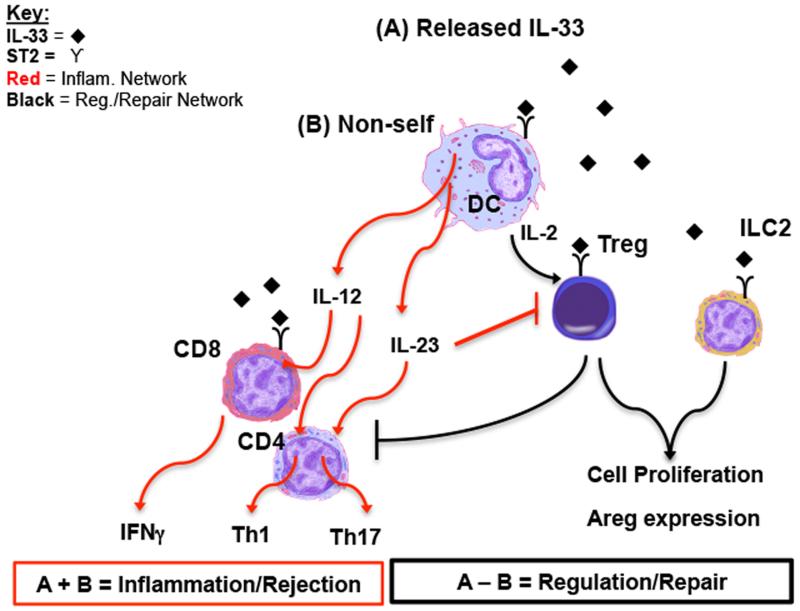Figure 1. A model accounting for the dichotic function of IL-33 in alloimmunity.
(A) IL-33 is released by secretion from stressed cells (17,18, 25) or cell death/damage [19], where it can target ST2+ immune cells, including DC, Treg, and ILC2. In the absence of (B) non-self molecule (i.e. bacteria or alloantigen [69, 75], IL-33 drives a regulation and reparative pathway. In this pathway DC are stimulated to secrete IL-2, which works with IL-33 to support Treg proliferation [30]. Expansion of the Treg pool would be expected to suppress inflammation and related T cell response. Likewise, IL-33 stimulation of both ILC2 and Treg induces their expression of Areg, which can facilitate tissue repair [3, 31]. In the presence of non-self, IL-33 can contribute to a pro-inflammatory pathway. Specifically, DC are stimulated to secrete IL-12, which promotes a Th1 response, but also up-regulates ST2 on CD8. CD8 expression of ST2 allows IL-33 to augment their production of Type 1 cytokines [8]. Likewise, IL-23 directly counteracts the IL-33-driven function of ST2+ Treg [29].

